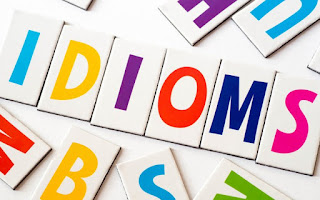2nd grading lessons

2nd Quarter Lessons -INTRODUCTION- Neoclassical literature was written between 1660 and 1798. This time period is broken down into three parts: the Restoration period , the Augustan period , and the Age of Johnson . Writers of the Neoclassical period tried to imitate the style of the Romans and Greeks. Thus the combination of the terms 'neo,' which means 'new,' and 'classical,' as in the day of the Roman and Greek classics. This was also the era of The Enlightenment, which emphasized logic and reason. It was preceded by The Renaissance and followed by the Romantic era. In fact, the Neoclassical period ended in 1798 when Wordsworth published the Romantic 'Lyrical Ballads'. -JOHN MILTON- John Milton (9 December 1608 – 8 November 1674) was an English poet, polemicist , man of letters , and civil servant for the Commonwealth of England unde...


